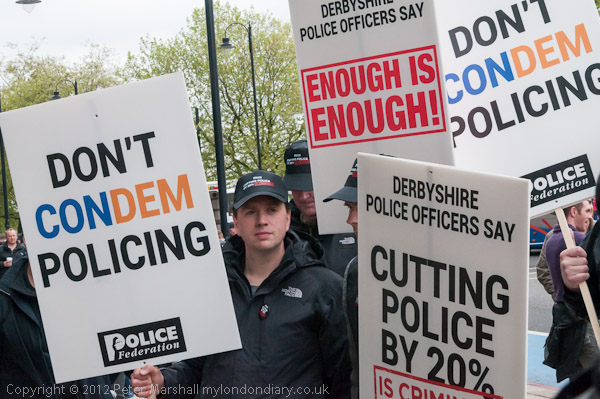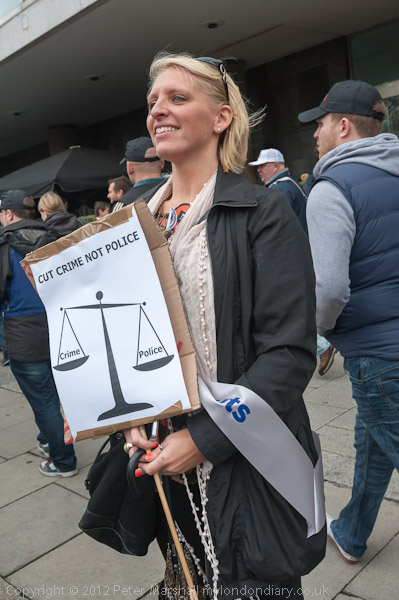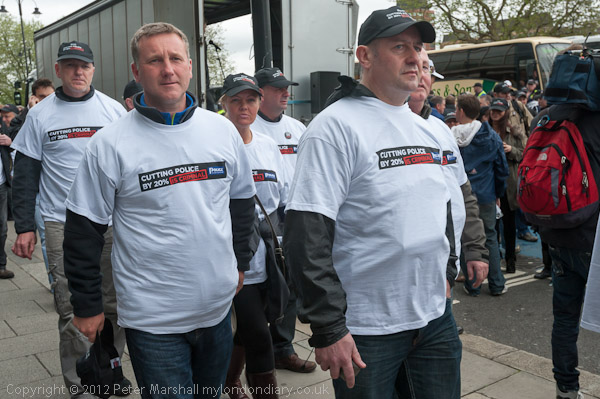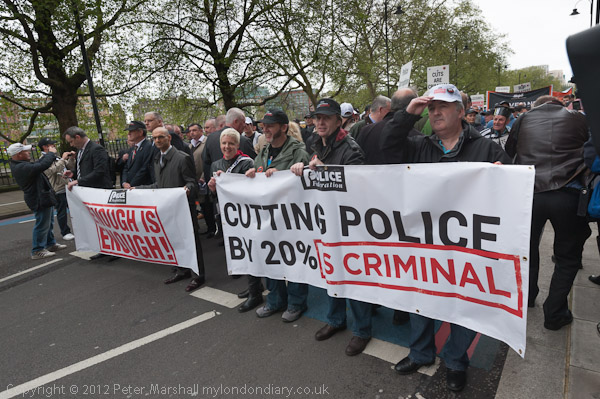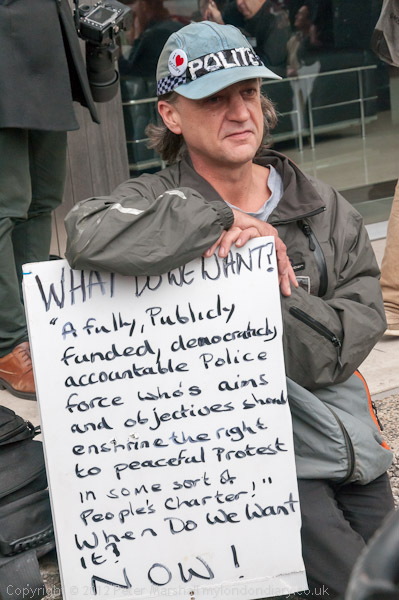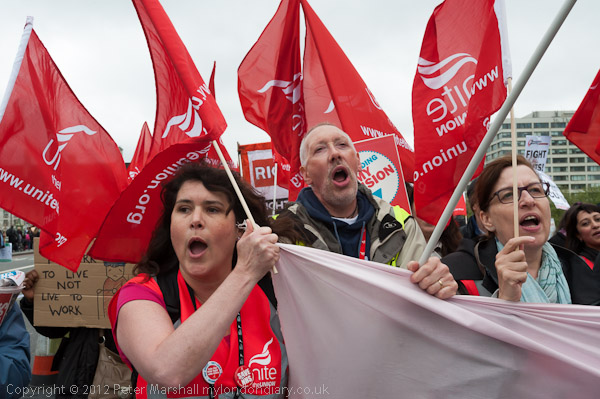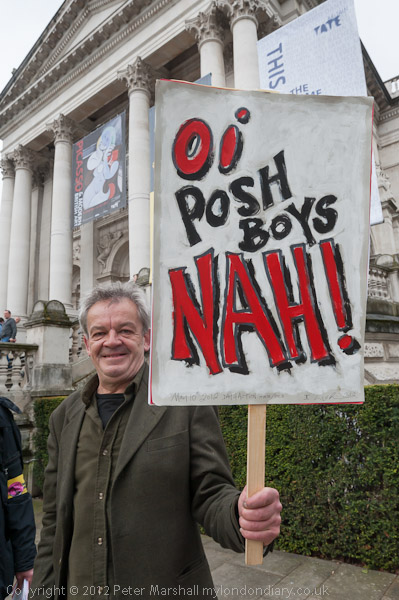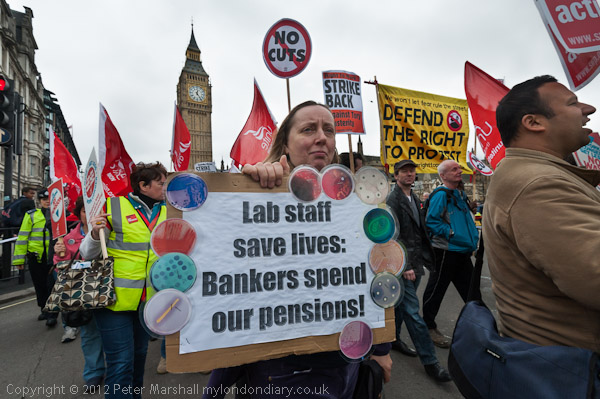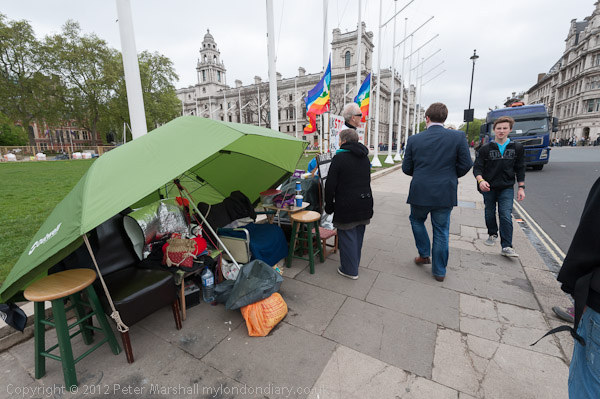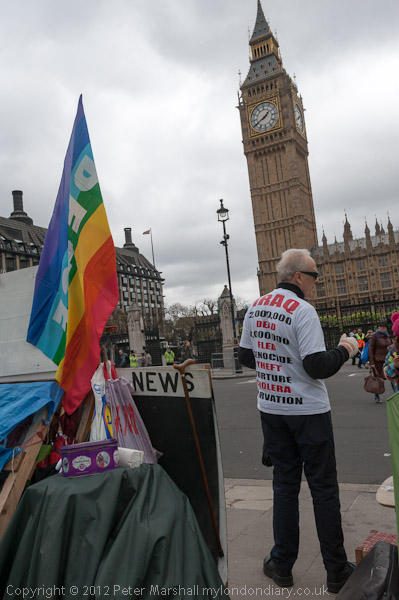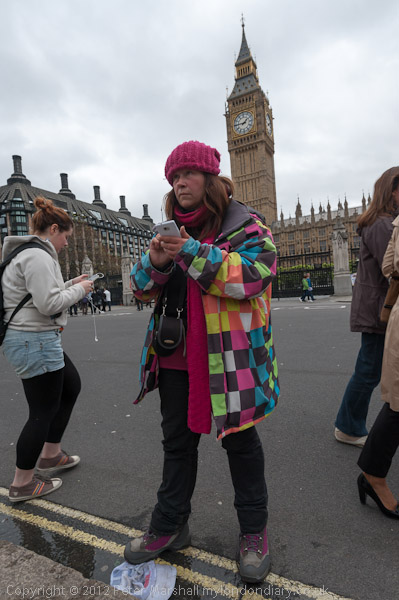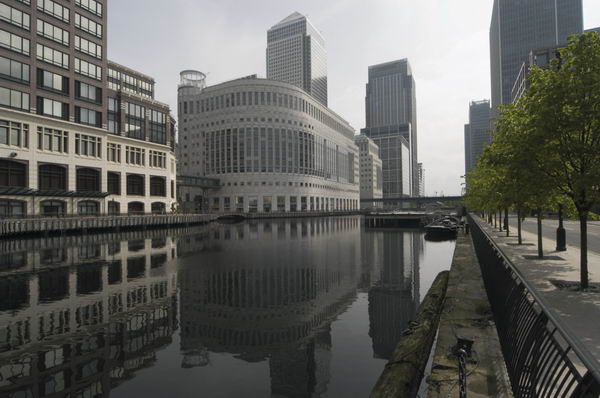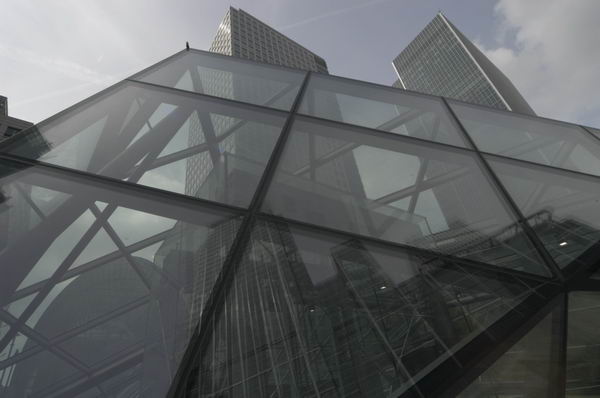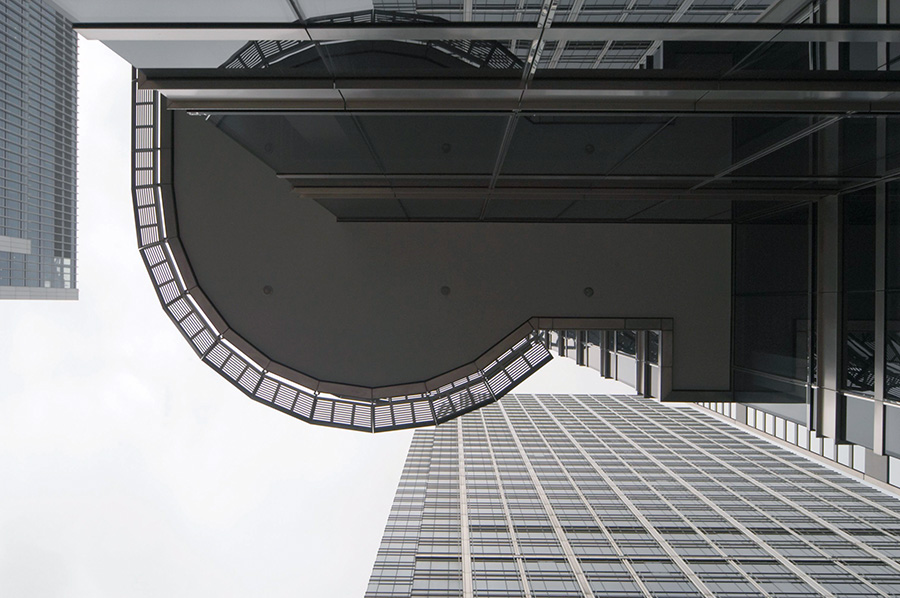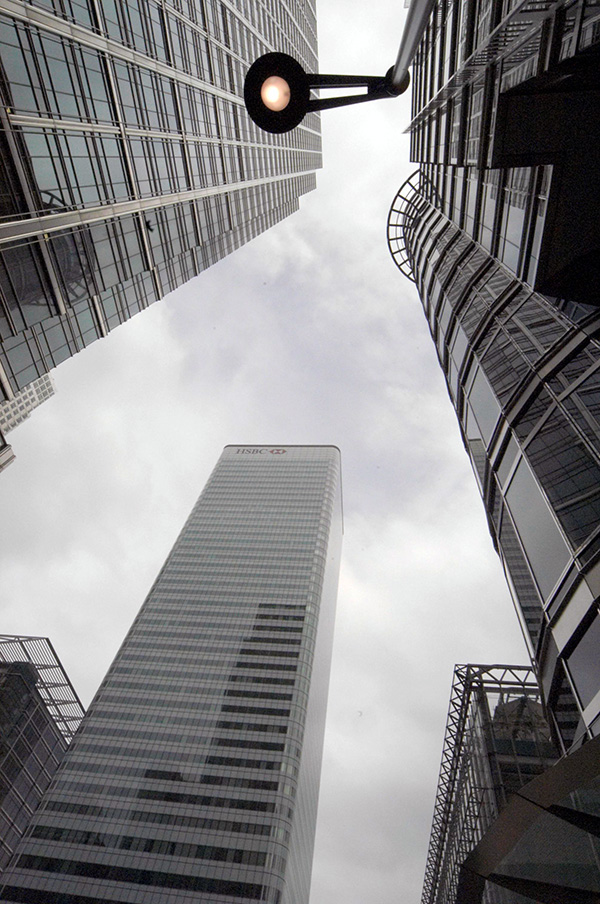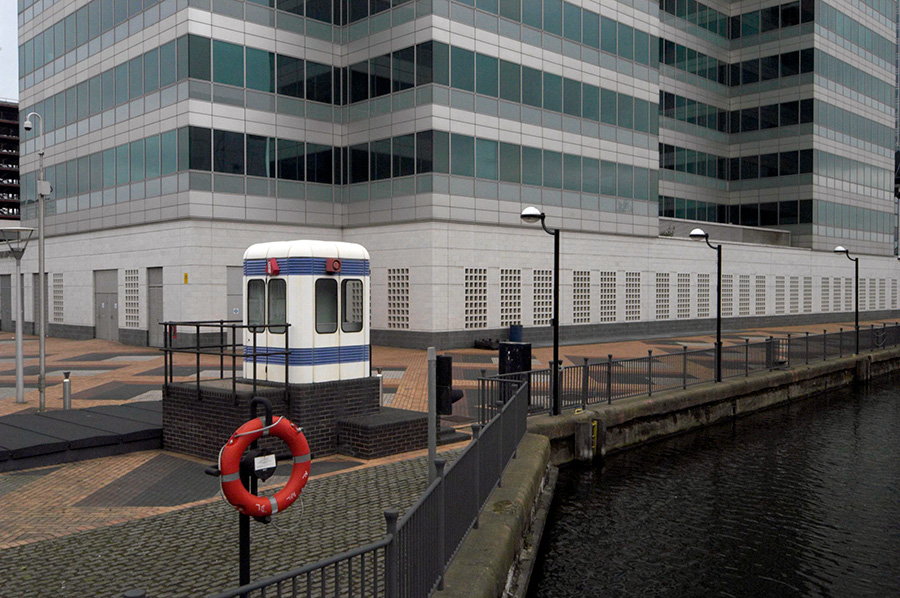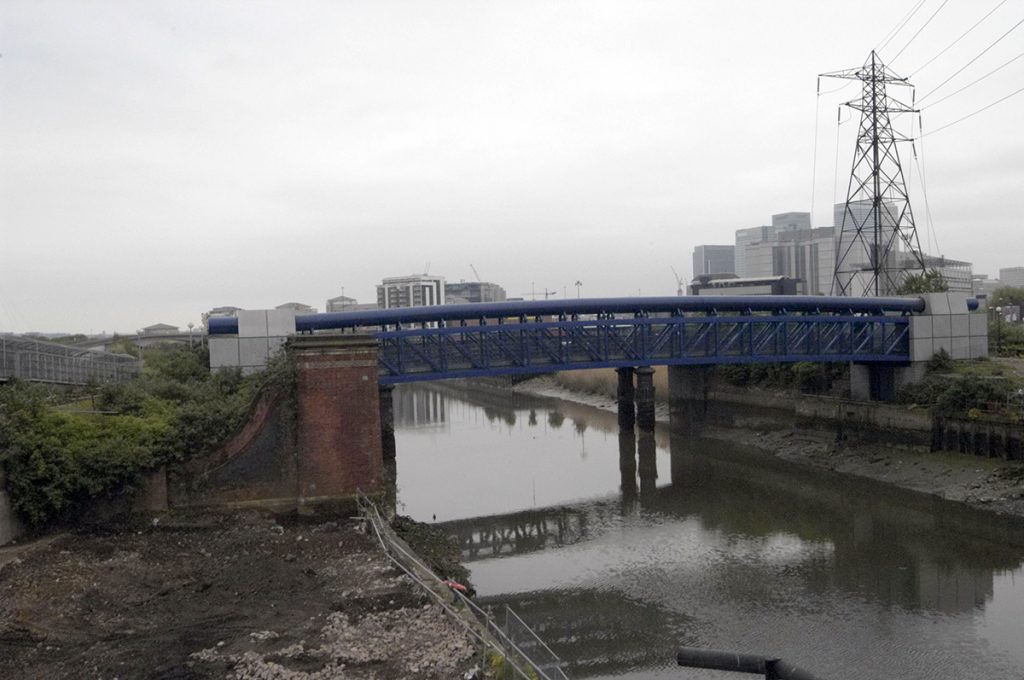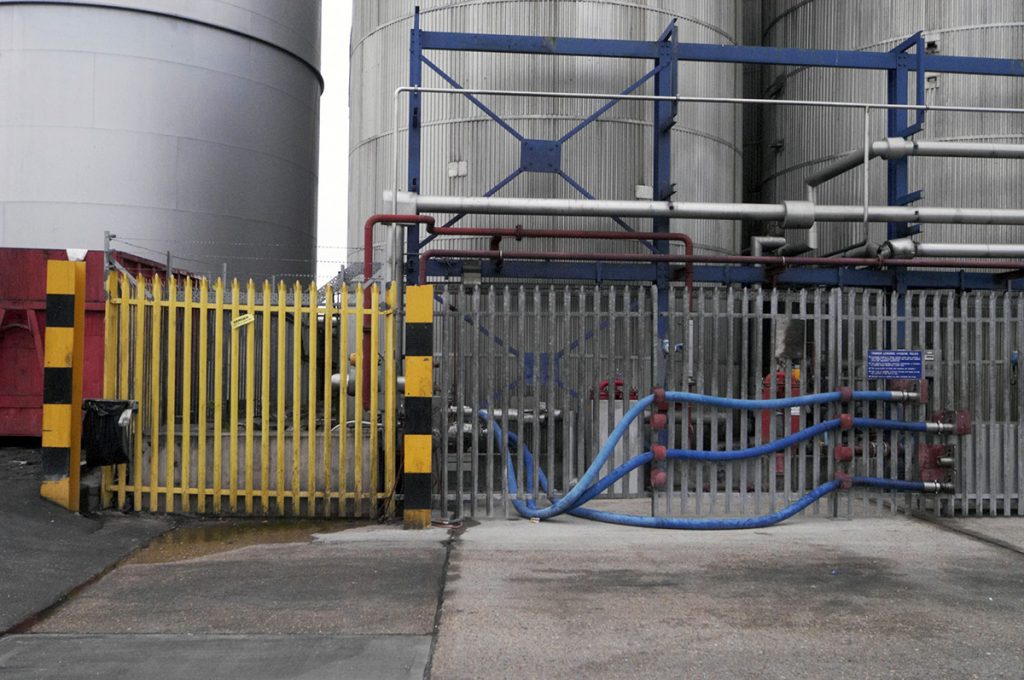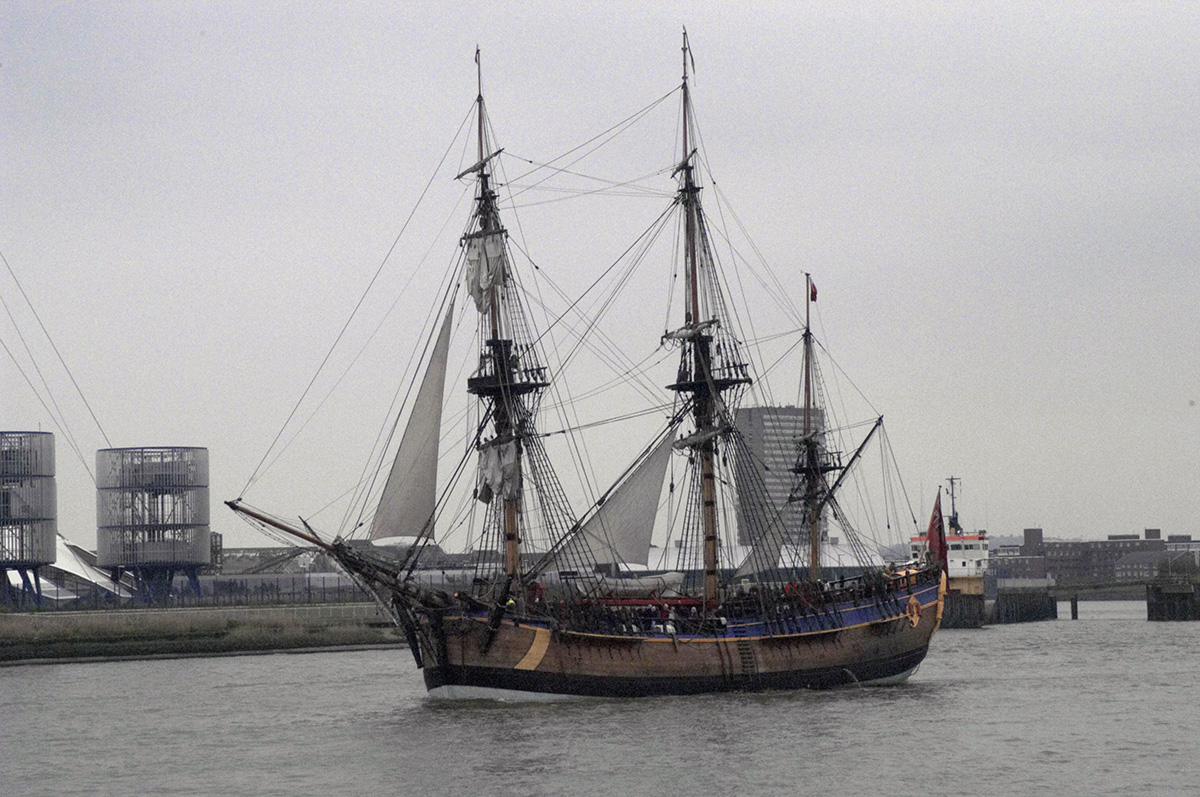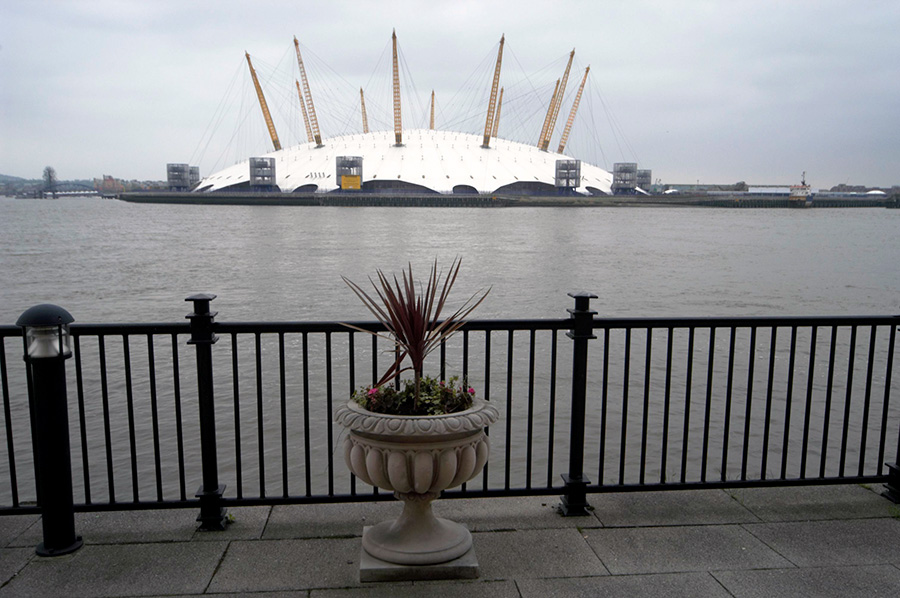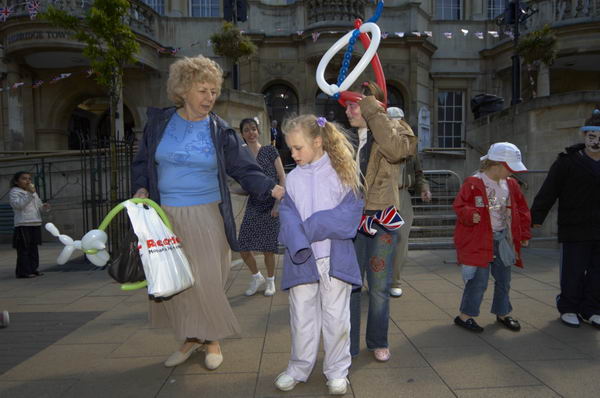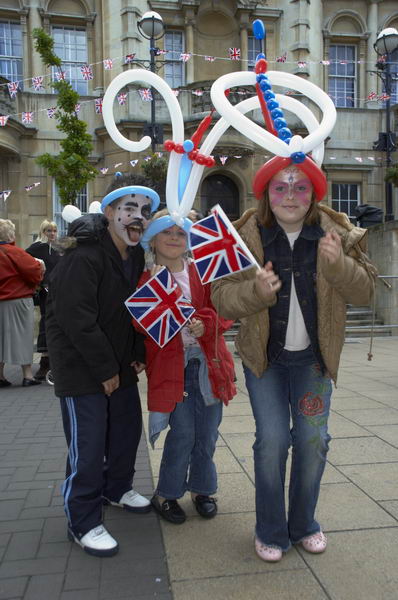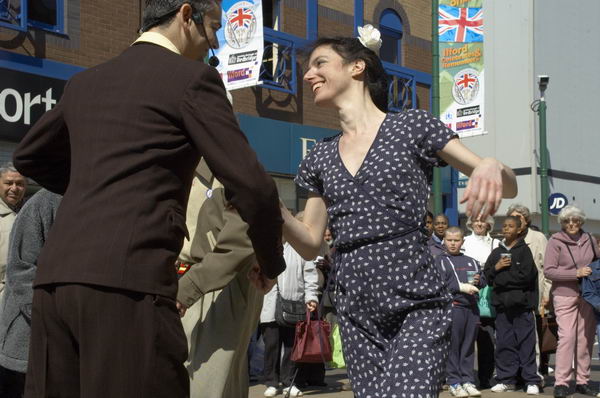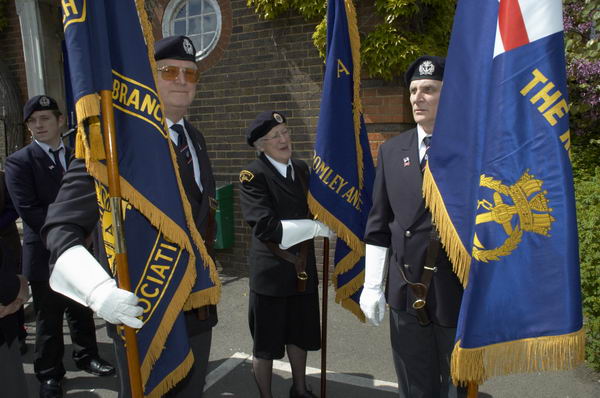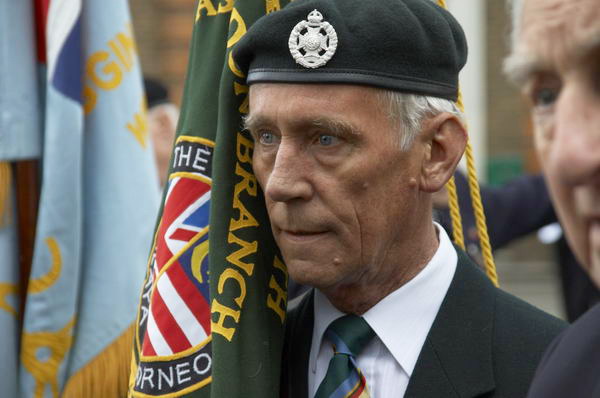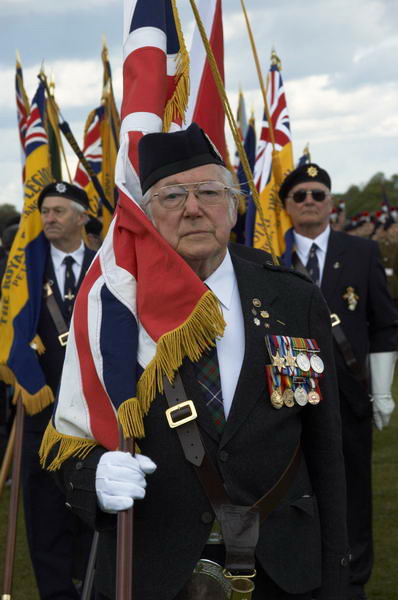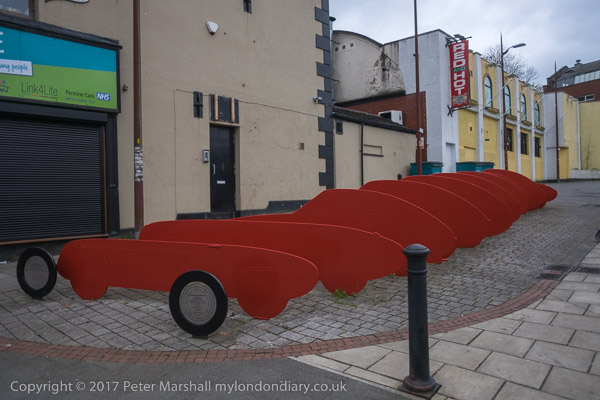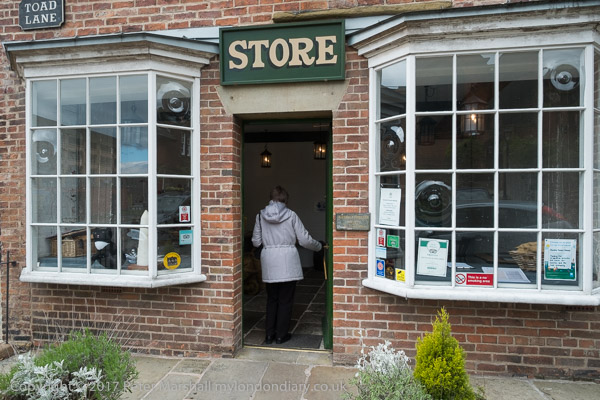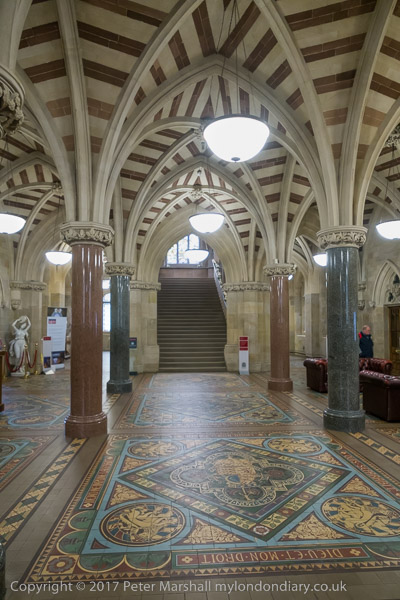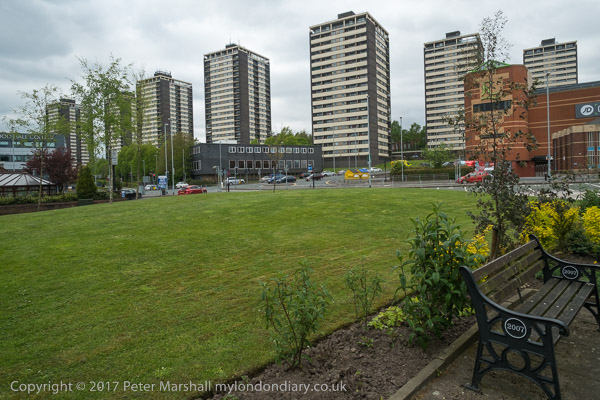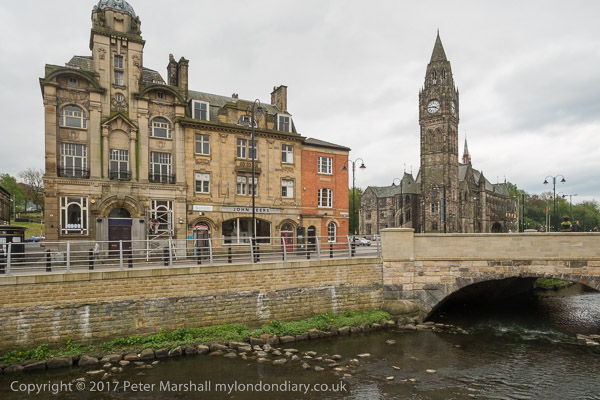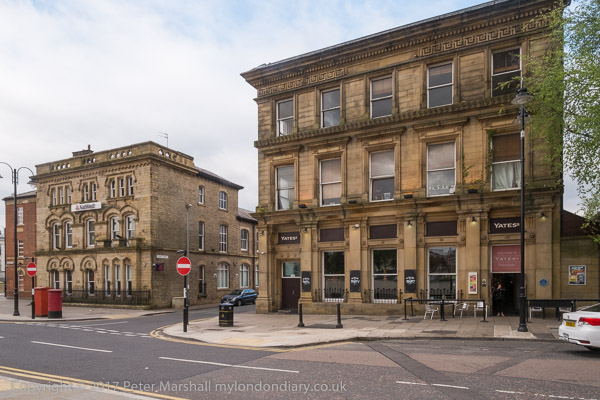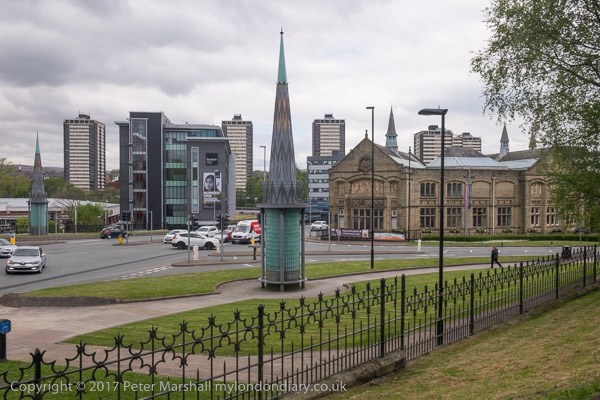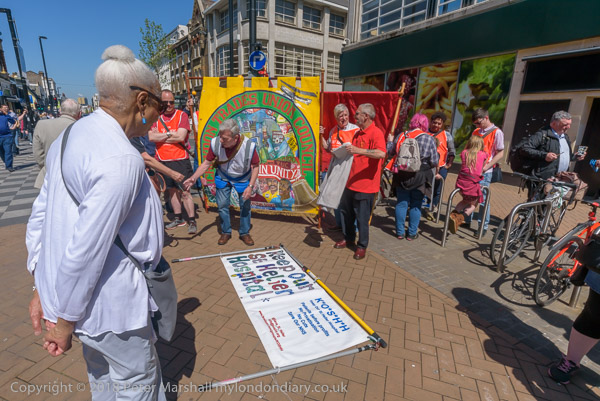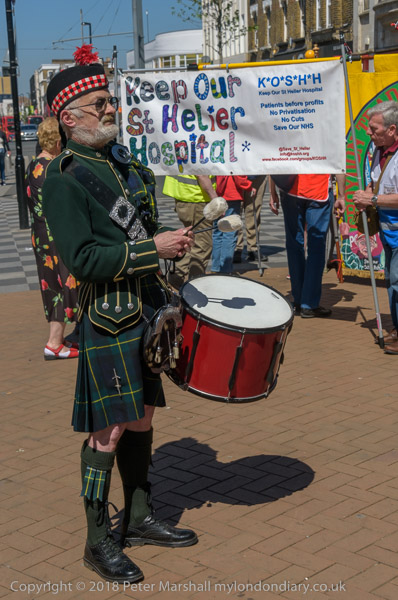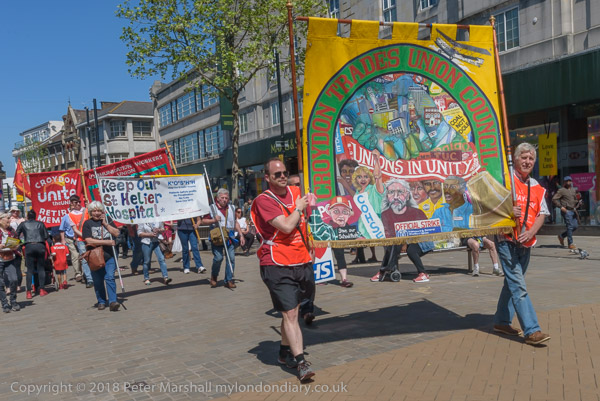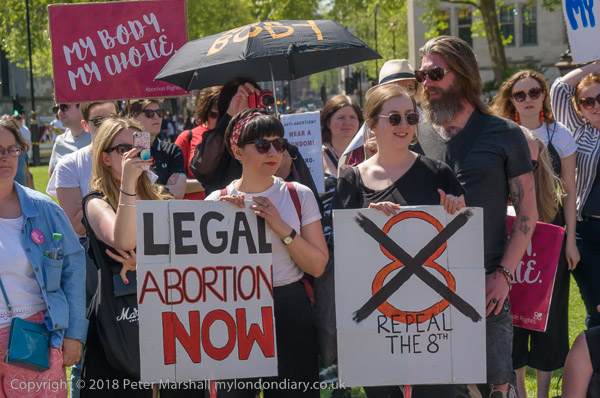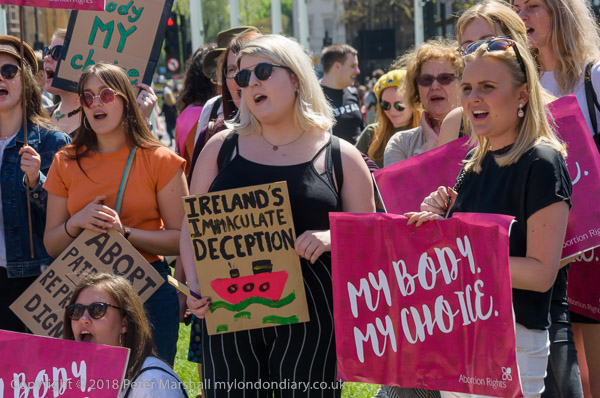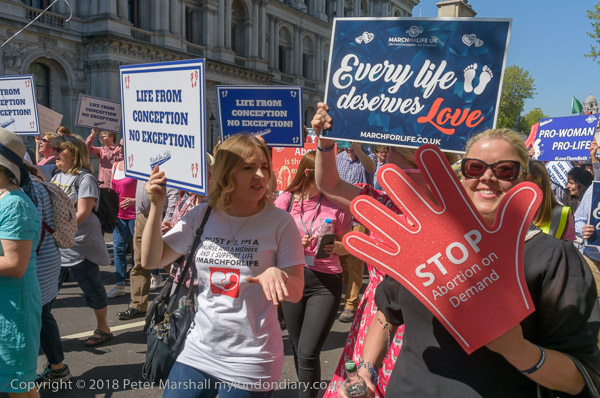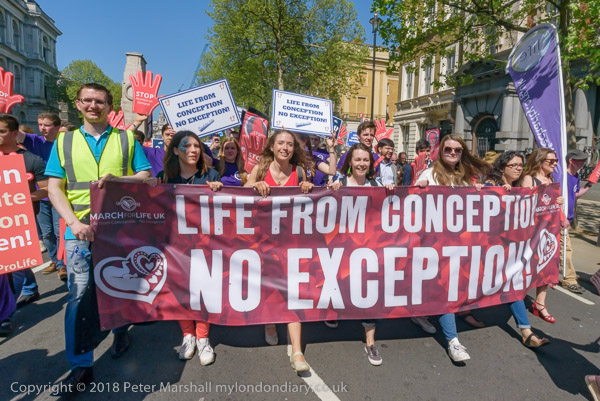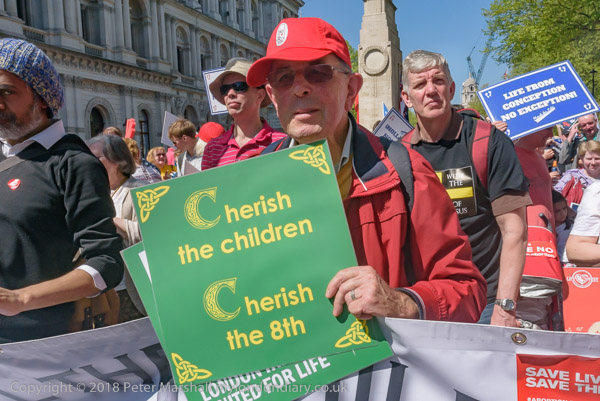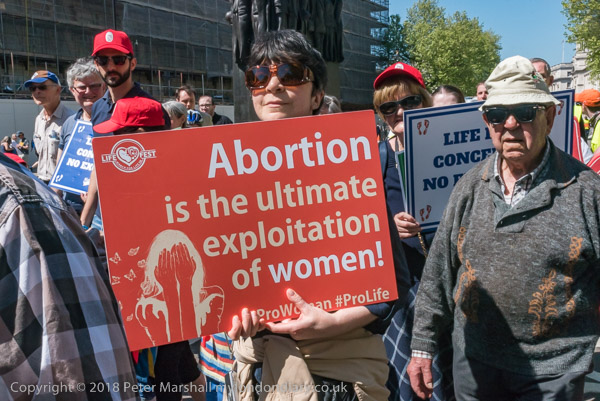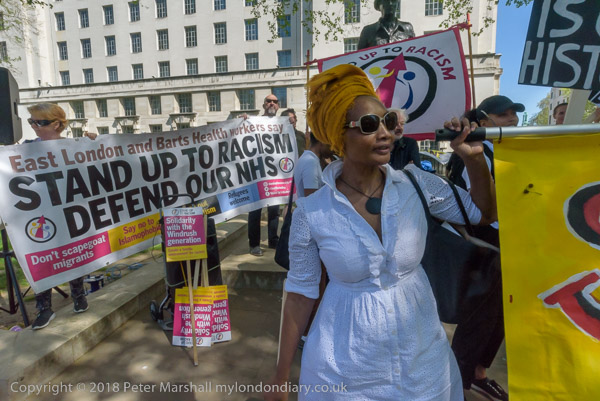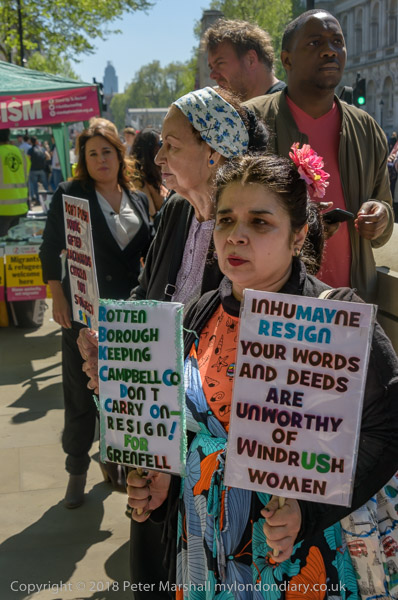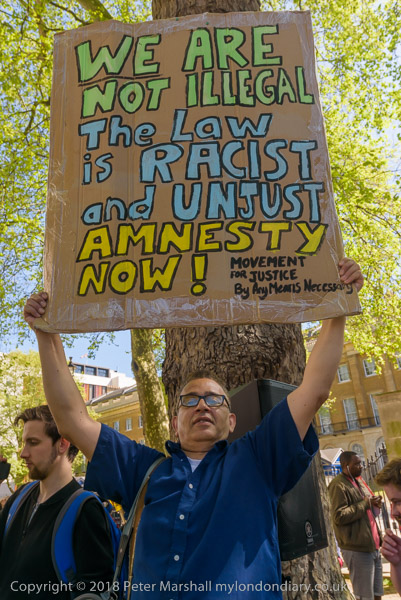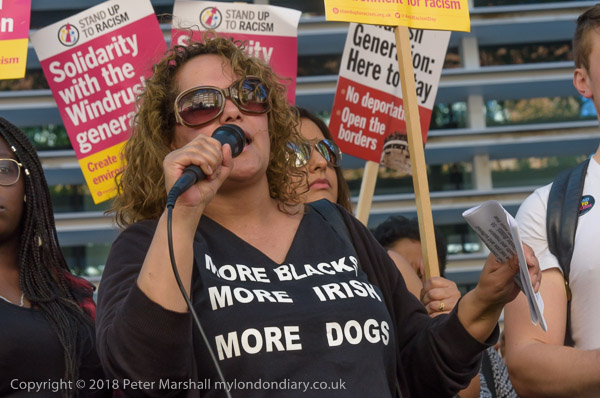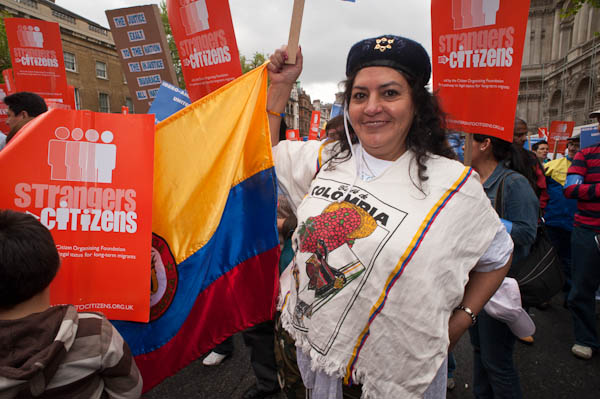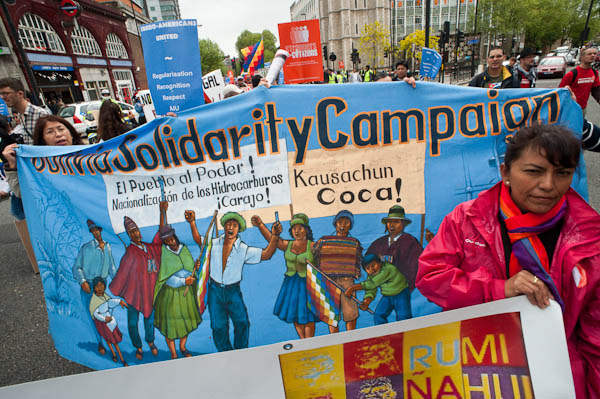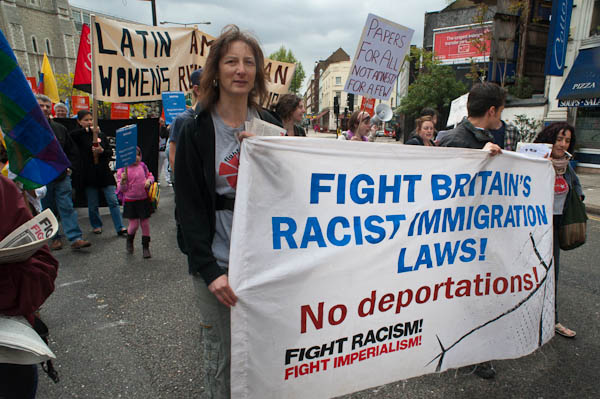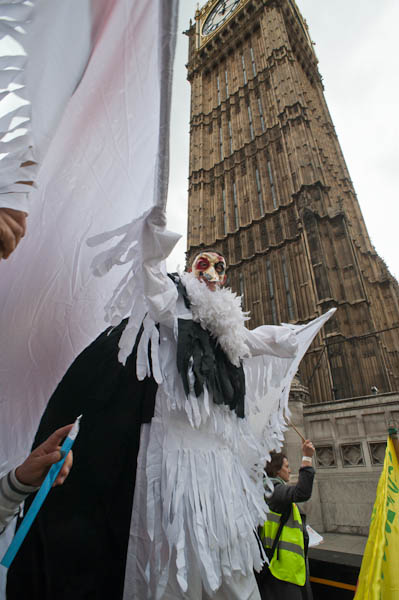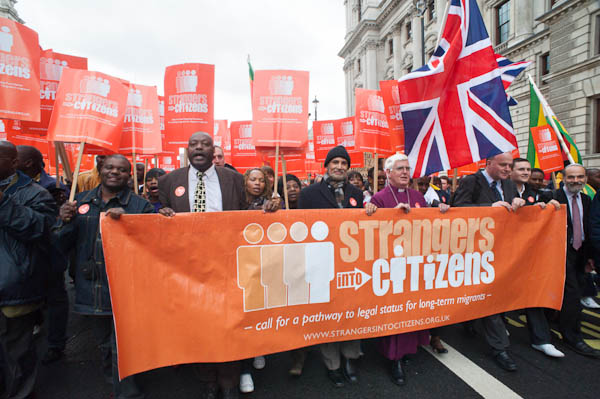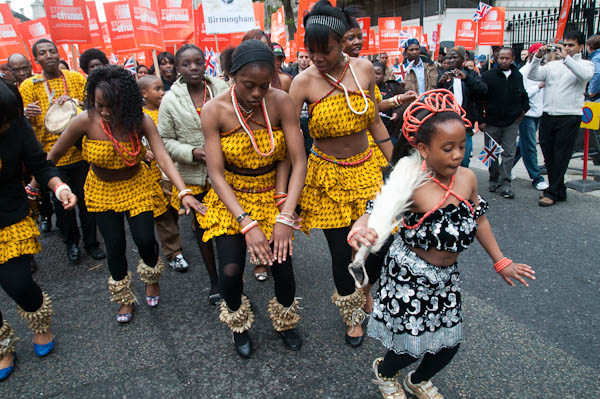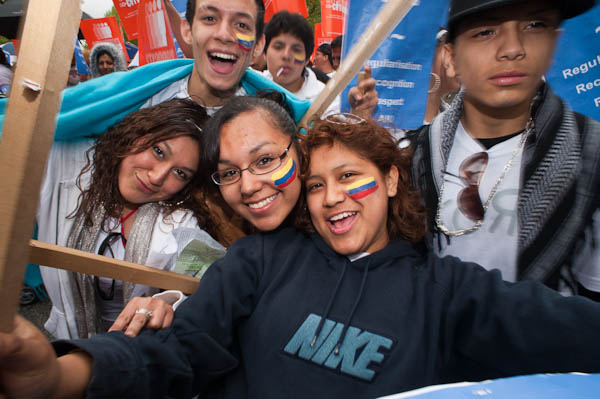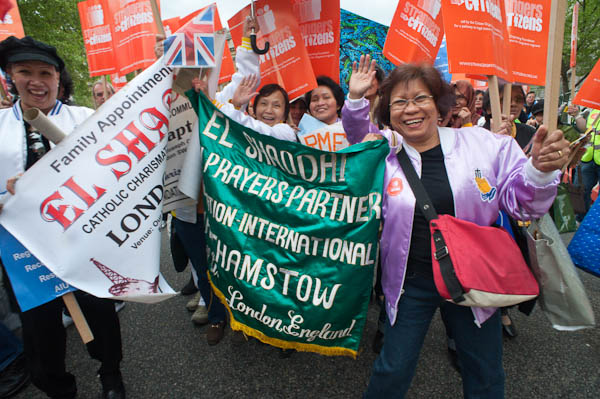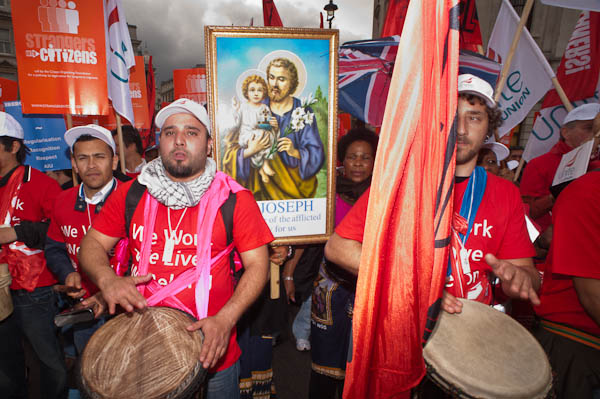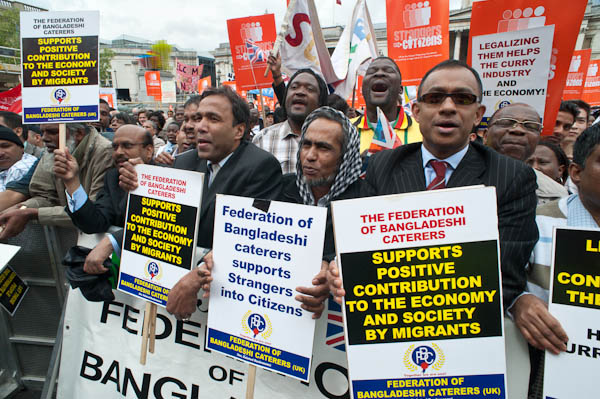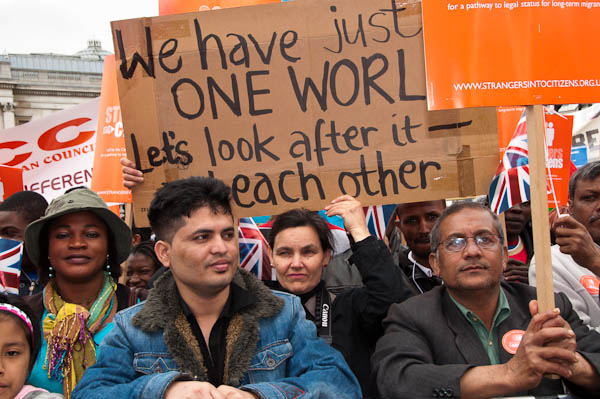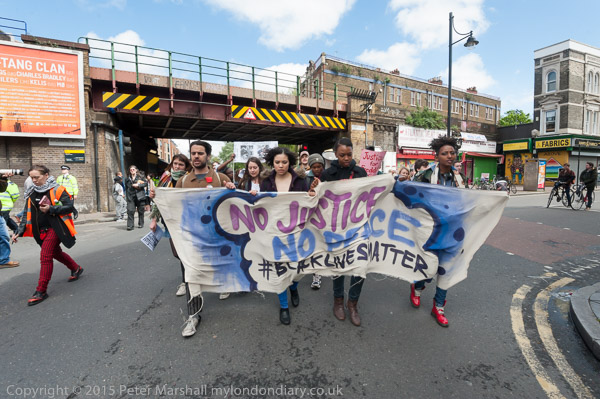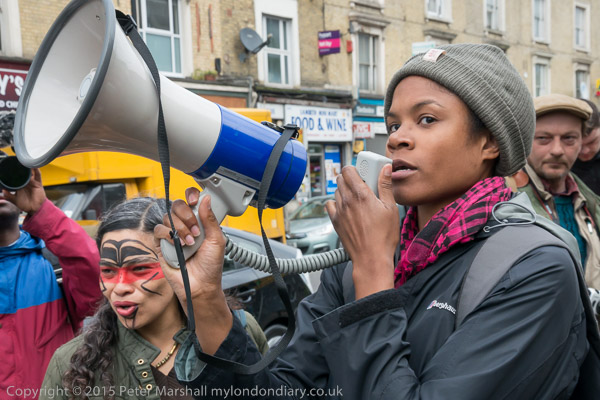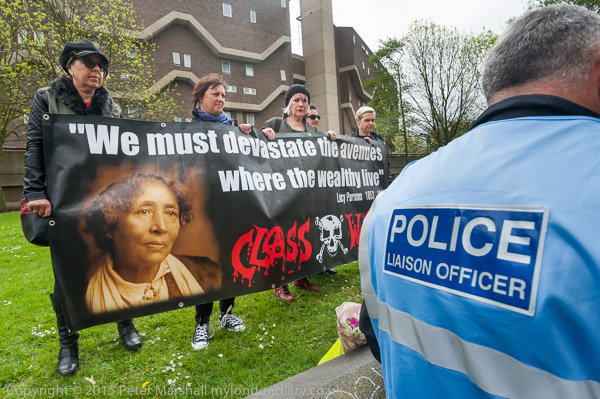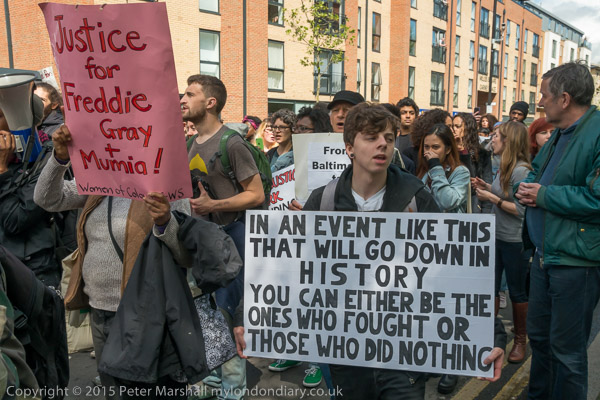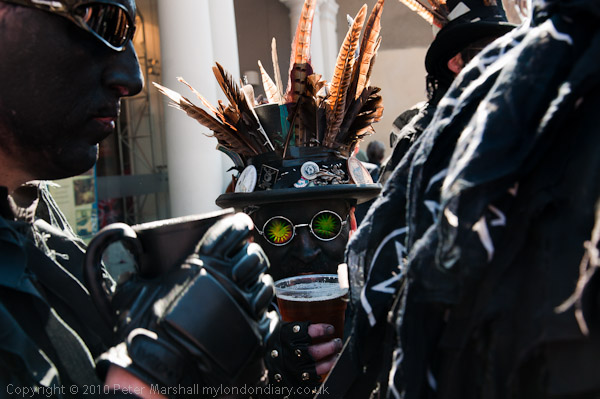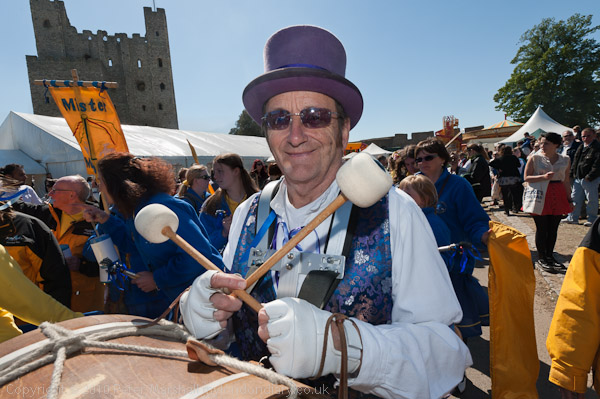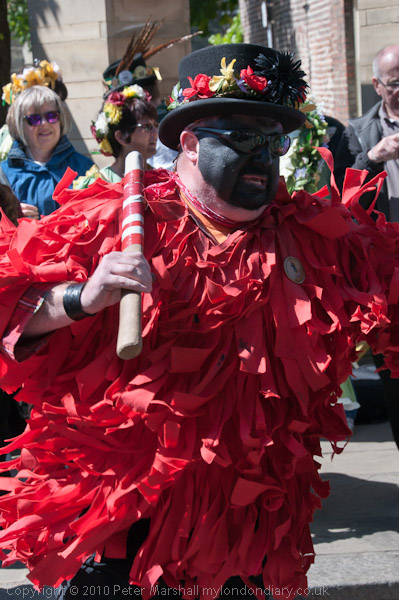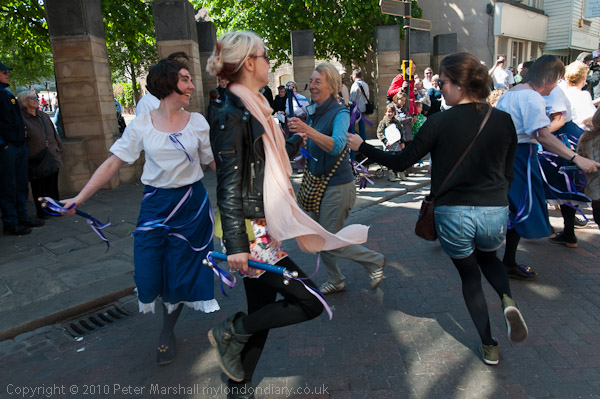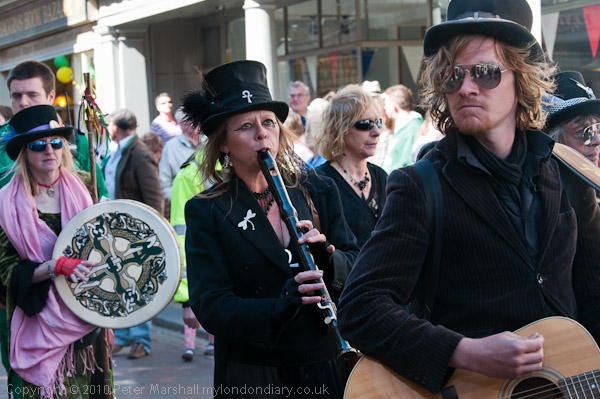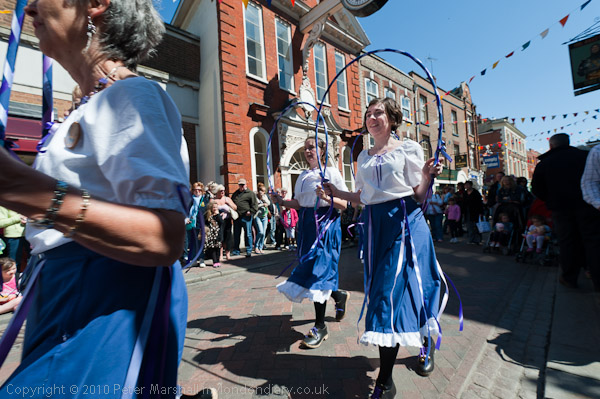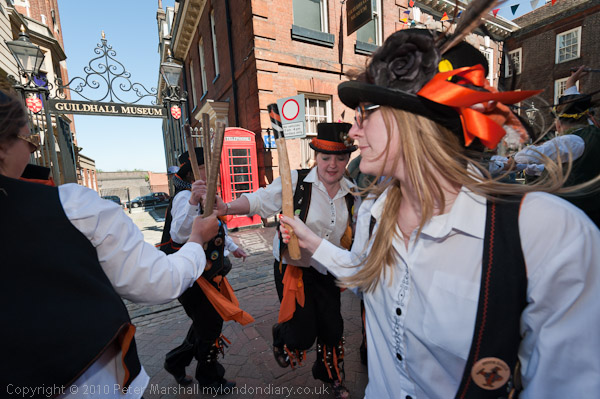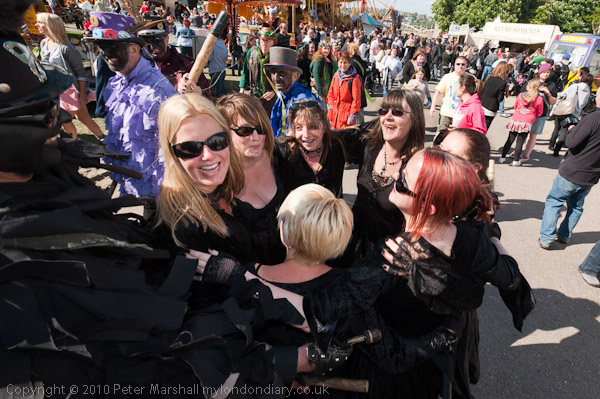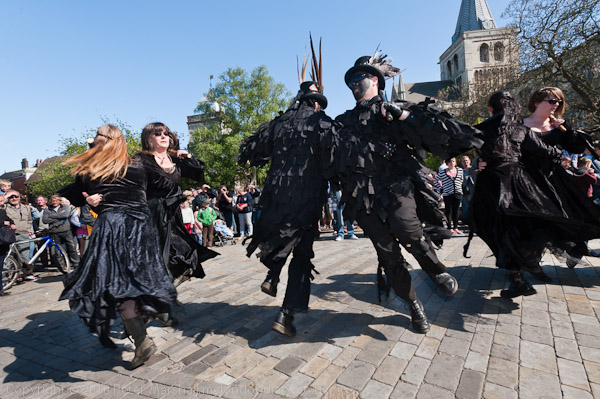Around Holderness Road Hull: At the end of my walk on Monday 21st August 1989 (More from Hedon Road) I took a few pictures as I walked back into the centre of town to catch my bus back to North Hull. But I came back to East Hull the following day to walk along Holderness Road and some of the streets off it.
New Bridge Road runs through the centre of an area of late Victorian working class housing and this corner is in some ways typical. It seems only a little changed today. It isn’t quite a crossroads, as the corner of Sherburn Street is just a few yards to the north of that with Rosmead Street and the two are at an angle. But in my picture it seemed a fairly busy corner with a car turning into Rosmead Street, two women walking and a bicycle with a trailer and ladders parked at the right.
Back in the 1980s there were still many workmen – painters, decorators, handymen of all trades in areas like this who still relied on bicycles and even handcarts to carry to tools of their trade while most in more prosperous areas had turned to vans. There is also another bicycle – or at least a wheel at the left edge of the picture.
Those typically Hull lamp posts have now gone, replaces by a rather less elegant design and the taller post then I think simply more powerful lighting for the busier road has been replaced by one carrying a CCTV camera and there is a pedestrian crossing here.
This rounded building is still on the corner of Dansom Lane South and Holderness Road but became a shop selling kitchens, bathrooms and bedrooms as is now shared by a café and barbers.
Dansom Lane got its name from the farmer who was there in the 19th century. The rounded house at 2-6 Dansom Lane South & 1 Holderness Road dates from around 1850.
The view upstream from North Bridge with both sides of the river line with wharves and factories and a number of boats moored, resting on the mud at low tide. The silo of R & W Paul and some of the more distant buildings remain but the left hand bank is now empty.
Blenkin Street & Malton Street Board School was built by the Kingston upon Hull School Board in 1899 and closed shortly before World War Two. It later became an annex to the Art College and closed in 1997 and was sold off the following year. It has since been converted to residential use as Old School House.
Ron Hedges Emporium “Incorporating House Clearance Unlimited” sold a wide range of secondhand goods some of which including furniture, cookers and bicycles were on display on the pavement in front of the shop.
Williamson Street School was one of the first schools built by the Kingston upon Hull School Board established under the Education Act 1870 and constituted in 1871. This building has ‘1874 BOARD SCHOOL’ and the three crowns of the Hull coat of arms on its bell tower.
When I made this picture it was occupied by Abbey Industries. It has since been demolished.
This fine building was built in the late 1880s for the Public Benefit Boot Company, founded in Hull by William Henry Franklin (1848-1907) in 1875. From a small shop in Hull the business grew rapidly to own 200 boot stores, several repair shops and four modern factories, providing boots cheaply for working people and advertising them widely including by touring a giant boot on a horse-drawn cart around towns and villages in Yorkshire. The building is still there and is now occupied by an IT Consultancy.
Cravens Mini Market was another shop selling secondhand household appliances, furniture and other items.
Flickr – Facebook – My London Diary – Hull Photos – Lea Valley – Paris
London’s Industrial Heritage – London Photos
All photographs on this page are copyright © Peter Marshall.
Contact me to buy prints or licence to reproduce.







